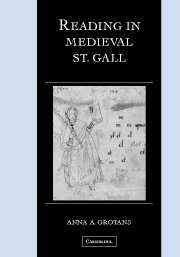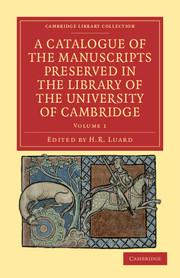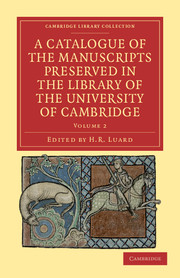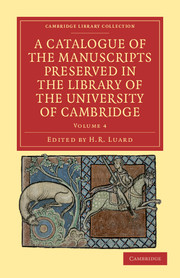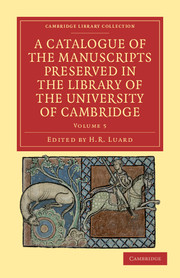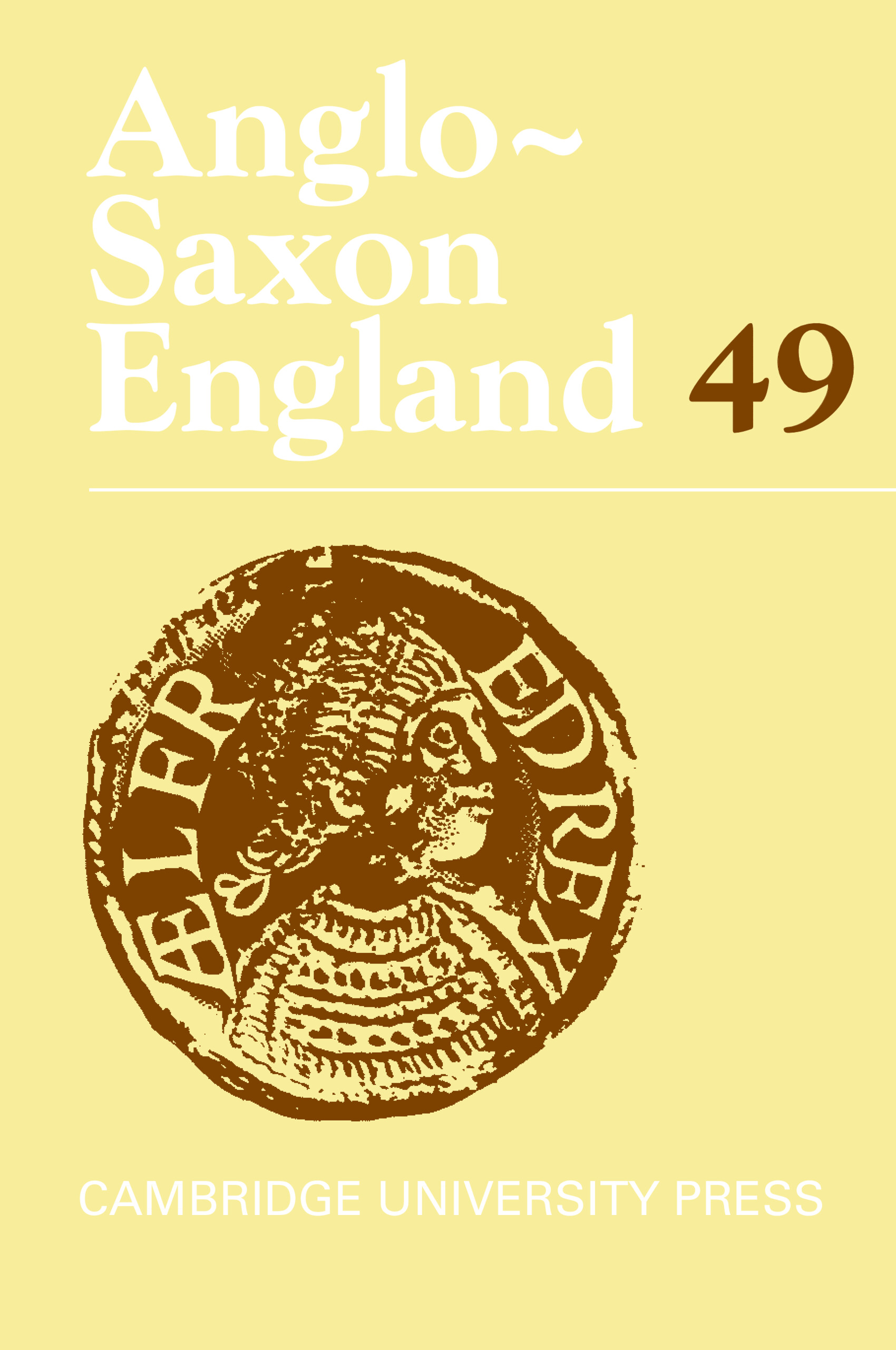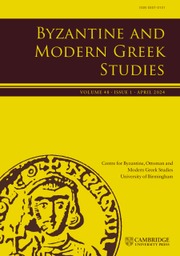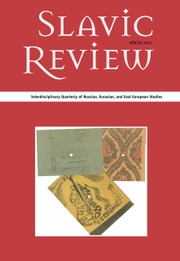Reading in Medieval St. Gall
Learning to read in medieval Germany meant learning to read and understand Latin as well as the pupils' own language. The teaching methods used in the medieval Abbey of St Gall survive in the translations and commentaries of the monk, scholar and teacher Notker Labeo (c.950–1022). Notker's pedagogic method, although deeply rooted in classical and monastic traditions, demonstrates revolutionary innovations that include providing translations in the pupils' native German, supplying structural commentary in the form of simplified word order and punctuation, and furnishing special markers that helped readers to perform texts out loud. Anna Grotans examines this unique interplay between orality and literacy in Latin and Old High German, and illustrates her study with many examples from Notker's manuscripts. This study has much to contribute to our knowledge of medieval reading, and of the relationship between Latin and the vernacular in a variety of formal and informal contexts.
- Makes available to English-speaking scholars the teaching methods practised in medieval Germany
- Demonstrates how pupils were taught to read German and Latin in the tenth century
- Discusses in detail the intersection between Latin and vernacular in medieval education practice
Reviews & endorsements
"Reading in Medieval St. Gall is now the best study in English of one of the most important figures in medieval German literature, Notker Labeo...Grotans has been a pioneer in squarely placing Notker in his medieval pedagogical context, a context that she knows like scarcely any other."
-Robert G. Sullivan, University of Massachusetts, Amherst, Journal of Medieval Studies
Product details
July 2006Hardback
9780521803441
380 pages
254 × 188 × 23 mm
0.8kg
Available
Table of Contents
- Introduction
- 1. Medieval reading
- 2. Education at St Gall
- 3. Language use and choice
- 4. The St Gall Tractate
- 5. Discretion in the classroom
- 6. Accentus
- 7. Spelling for reading
- Bibliographies.

